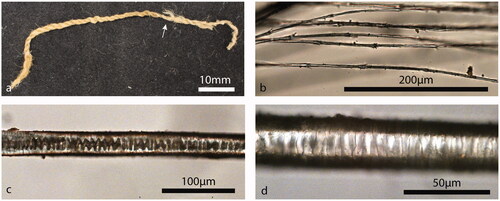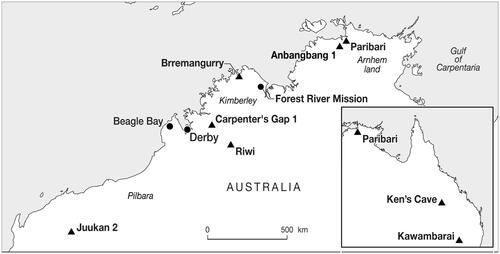Figures & data
Figure 2. Senior Worrorra woman the late Gertie Yabu making tree fibre string: (a) teasing bark fibre in preparation; (b) spinning the first lengths of bark fibre on her leg; (c) adding length to the string; and (d) back spinning the two lengths of bark to make a two ply twine (Photographs: Kim Akerman, Mowanjum 1974). Produced with thanks from Mr Donny Woolagoodja and Mrs Janet Oobagooma.
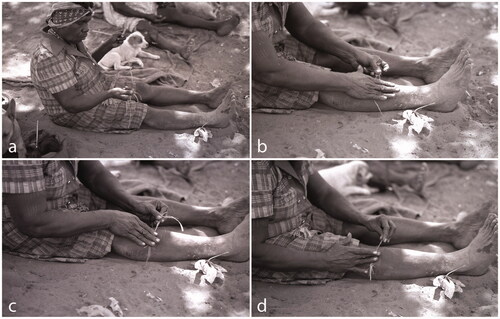
Figure 3. Method of hand spinning two ply fibre: (a) individual fibres are rolled down the leg; (b) the resulting fibre is folded in half; (c) spun up the leg; and (d) adding new fibre to the twist.
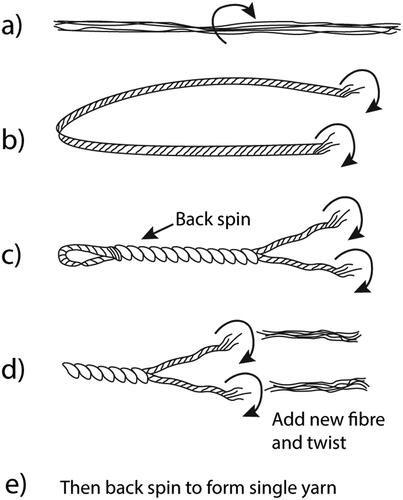
Figure 4. Senior Worrorra woman May Langi using the spindle method: (a) teasing out human hair before spinning it into yarn; and (b) using a spindle to spin hair string (Photographs: Kim Akerman, Mowanjum 1974). Produced with thanks from Mr Donny Woolagoodja and Mrs Janet Oobagooma.

Figure 5. Process of spindle spinning: (a) lead end hand spun; (b) lead end tied to propeller; (c) small pieces of fibre continually added as the spindle is spun; (d) spindle full of single ply; (e) axis of the spindle withdrawn and propeller removed; and (f) proximal and distal ends of the yarn are replaced on the spindle and back spun.
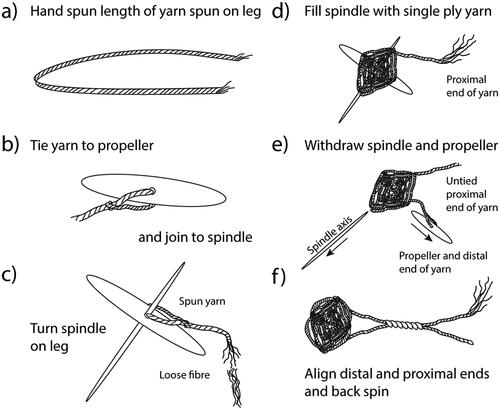
Table 1. Stratigraphic, age and raw material details of twisted, spun fibre fragments from Riwi.
Table 2. Stratigraphic, age and raw material details of twisted, spun fibre fragments from Carpenter’s Gap 1. Square AA pieces were not included in the Bayesian model as the square does not join the main excavation.
Figure 6. String fragments made from plant fibre excavated from Riwi: (a) Riwi 2; (b) Riwi 3; (c) Riwi 5; (d) Riwi 6; (e) Riwi 7 (arrows indicate location of ochre); and (f) Riwi 8 (arrow indicates location of ochre). The bar scale is one centimetre in all photos.
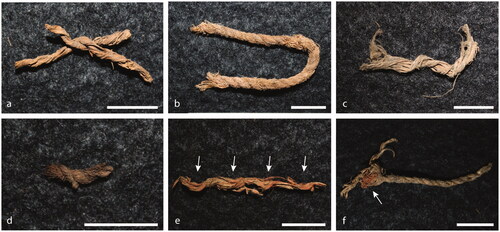
Figure 7. String fragments made from human hair: (a) Riwi 1; and (b) Riwi 4. Bar scale is 5 mm in both photos.

Figure 8. String fragments from CG1 made from plant fibres: (a) CG1/1 folded and knotted; (b) CG1/2 single ply knot; (c) CG1/3 two ply twist with folded end; (d) CG1/4 two ply twist; (e) CG1/5 two ply twist; and (f) CG1/6 overhand knot.
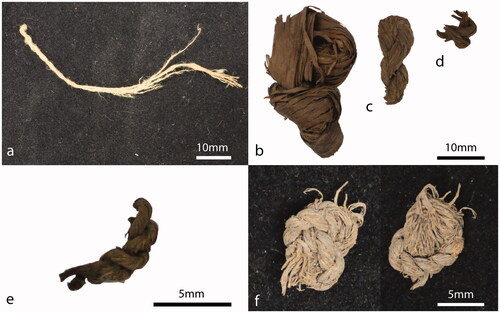
Figure 9. Animal hair string fragments from Carpenter’s Gap 1: (a) CG1/7; (b) CG1/8; (c) CG1/9; and (d) CG1/10. Bar scale is 5 mm in all photos.
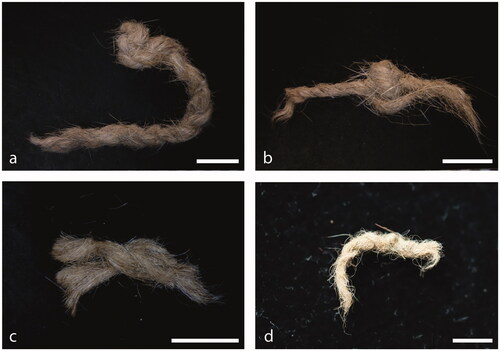
Figure 10. Diagnostic features of animal hair used to identify string raw materials from CG1: (a) shield region with regular wave scale pattern; (b) narrow aeriform lattice in the shield region; c) underhair with diamond hair scale pattern; (d) proximal section of medulla with uniserial ladder structure; (e) reference specimen of proximal section of T. vulpecula underhair (ear); and (f) reference specimen of distal section of tail hair of Trichosurus sp. showing narrow aeriform lattice medulla. Bar scale is 20 µm in all photos.
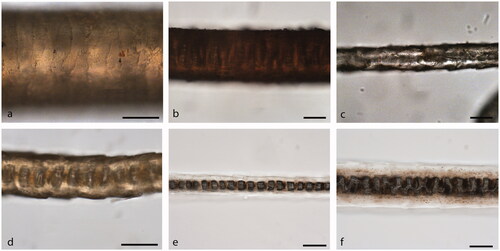
Figure 11. CG1/11: (a) arrows indicate location of splicing; (b) feathers barbs/barbules and hooks; (c) medulla with narrow aeriform lattice distally/shield region; and (d) scale pattern with regular wave in the distal/shield region.
